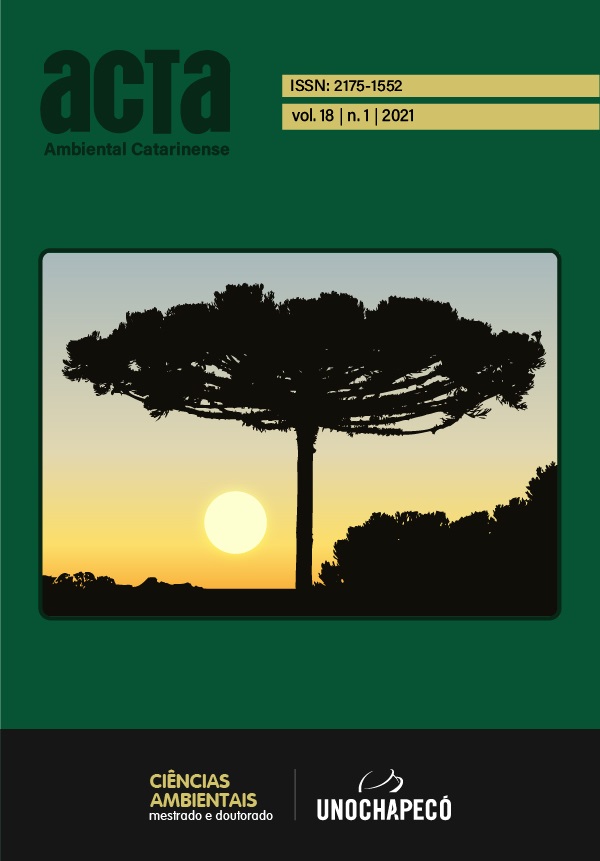PERFORMANCE OF ENTOMOPATHOGENIC NEMATODES ON NEOLEUCINODES ELEGANTALIS (GUENÉE) (LEPIDOPTERA: CRAMBIDAE)
DOI:
https://doi.org/10.24021/raac.v18i1.5575Palavras-chave:
Broca pequena do fruto; juvenis infectivos, plantas de tomate.Resumo
The use of entomopathogenic nematodes in pest management is an alternative to reduce the yield and/or damage losses caused by pests in several crops. The present study aimed to evaluate the performance of Heterorhabditis indica (Nemata: Rhabditida) and Steinernema carpocapsae (Nemata: Rhabditida), in pre-pupae of Neoleucinodes elegantalis (Guenée) (Lepidoptera: Crambidae) and determine the temporal viability of the pathogenicity of S. carpocapsae applied to soil. The nematode species were diluted in distilled water to 50, 65, 83, 107, 138, 178, 229, 295, 380 and 500 infective juveniles per pre-pupae (IJs insect-1) of N. elegantalis. The mortality of pre-pupa of N. elegantalis was higher as the concentrations of both studied species increased. The nematode S. carpocapsae was the most effective, causing mortality of 82.93% in the concentration of 65 IJs insect-1 and an LC50 of 24.32 IJs insect-1. In the pathogenicity test, S. carpocapsae was applied in the concentration of 100 JI/cm² in pots previously planted with tomato seedlings. As positive control was used tomato seedlings treated with distilled water. S. carpocapse presented soil viability of 24 days. Thus, S. carpocapsae can be an important tool in the integrated pest management (IPM) of N. elegantalis.
Downloads
Publicado
Edição
Seção
Licença
Copyright (c) 2021 Revista Acta Ambiental Catarinense

Este trabalho está licenciado sob uma licença Creative Commons Attribution-NonCommercial-NoDerivatives 4.0 International License.
Estou ciente de que, em sendo aprovado, a publicação do artigo será no formato on-line no Portal de Periódicos da Unochapecó.Também tenho ciência de que há autorização para assumir contratos adicionais separadamente, para distribuição não-exclusiva da versão do trabalho publicada nesta revista (ex.: publicar em repositório institucional ou como capítulo de livro), com reconhecimento de autoria e publicação inicial nesta revista.
















